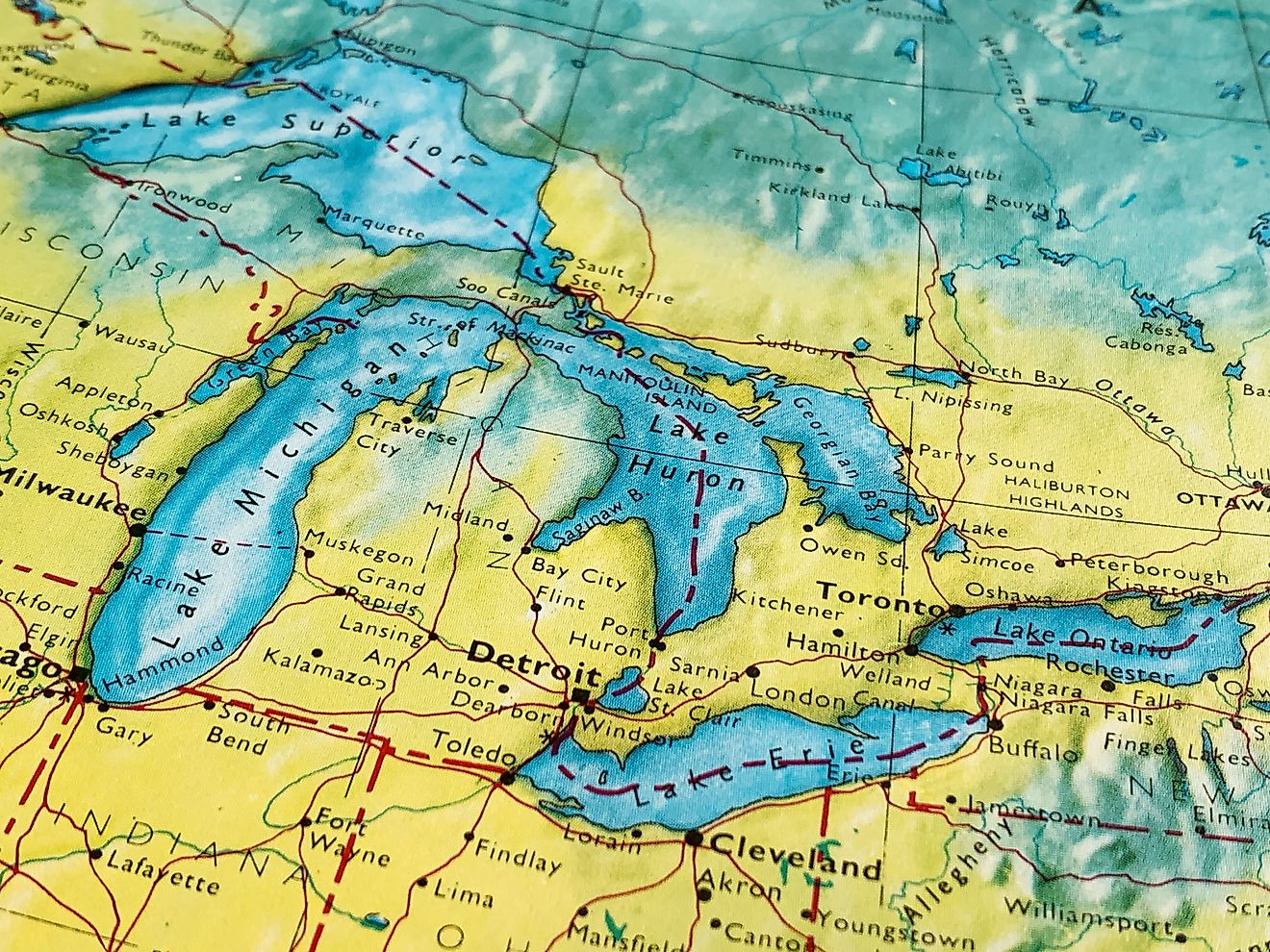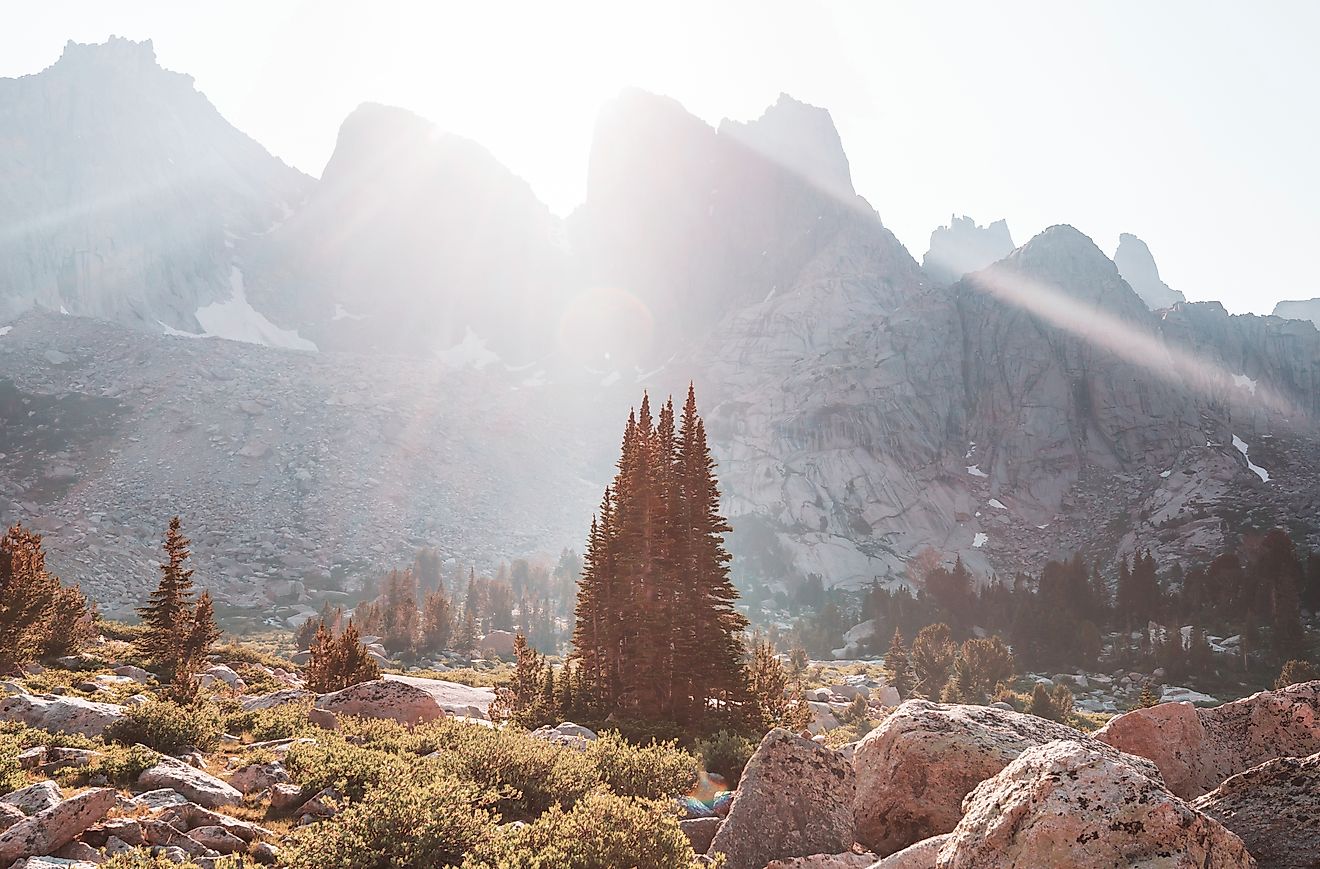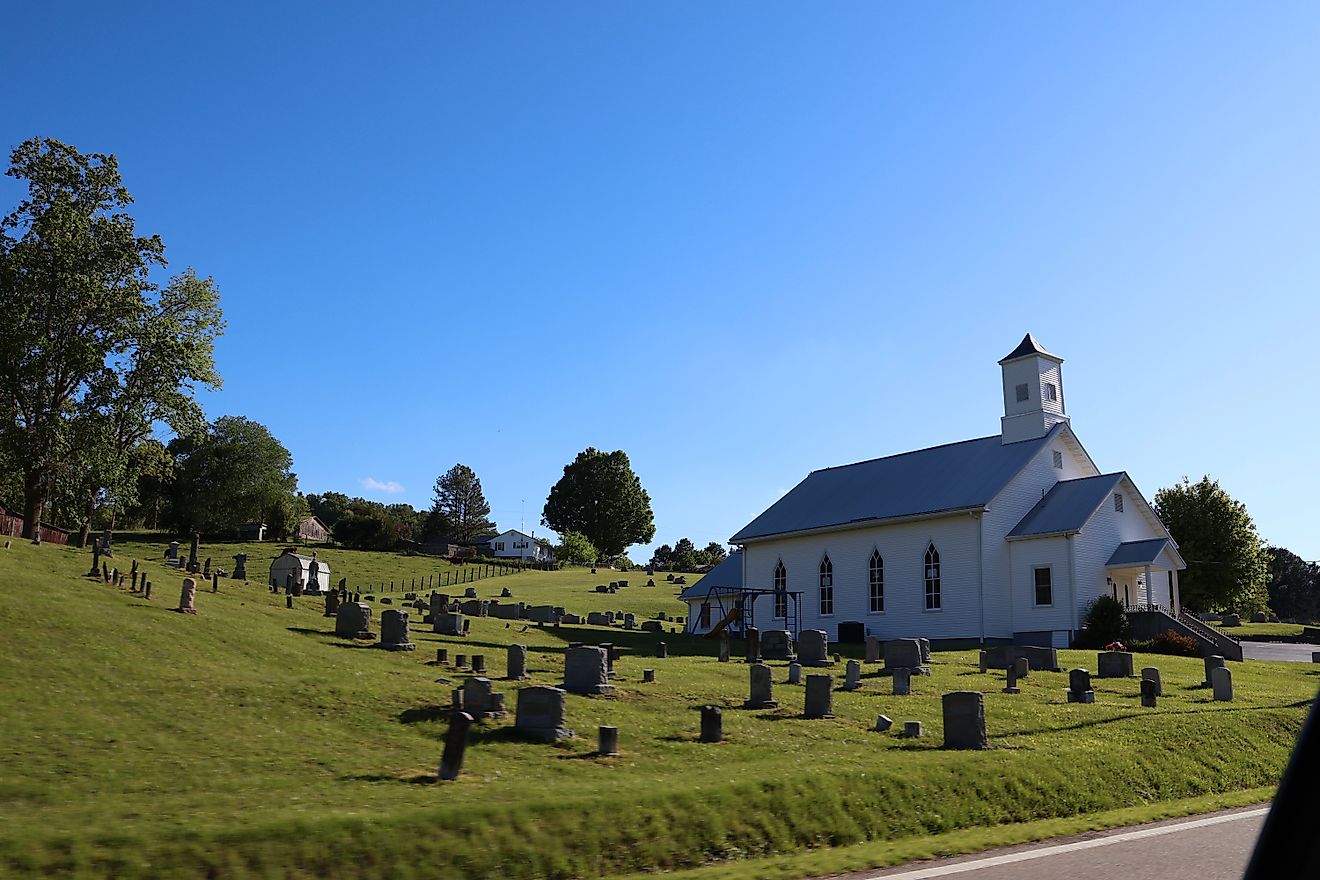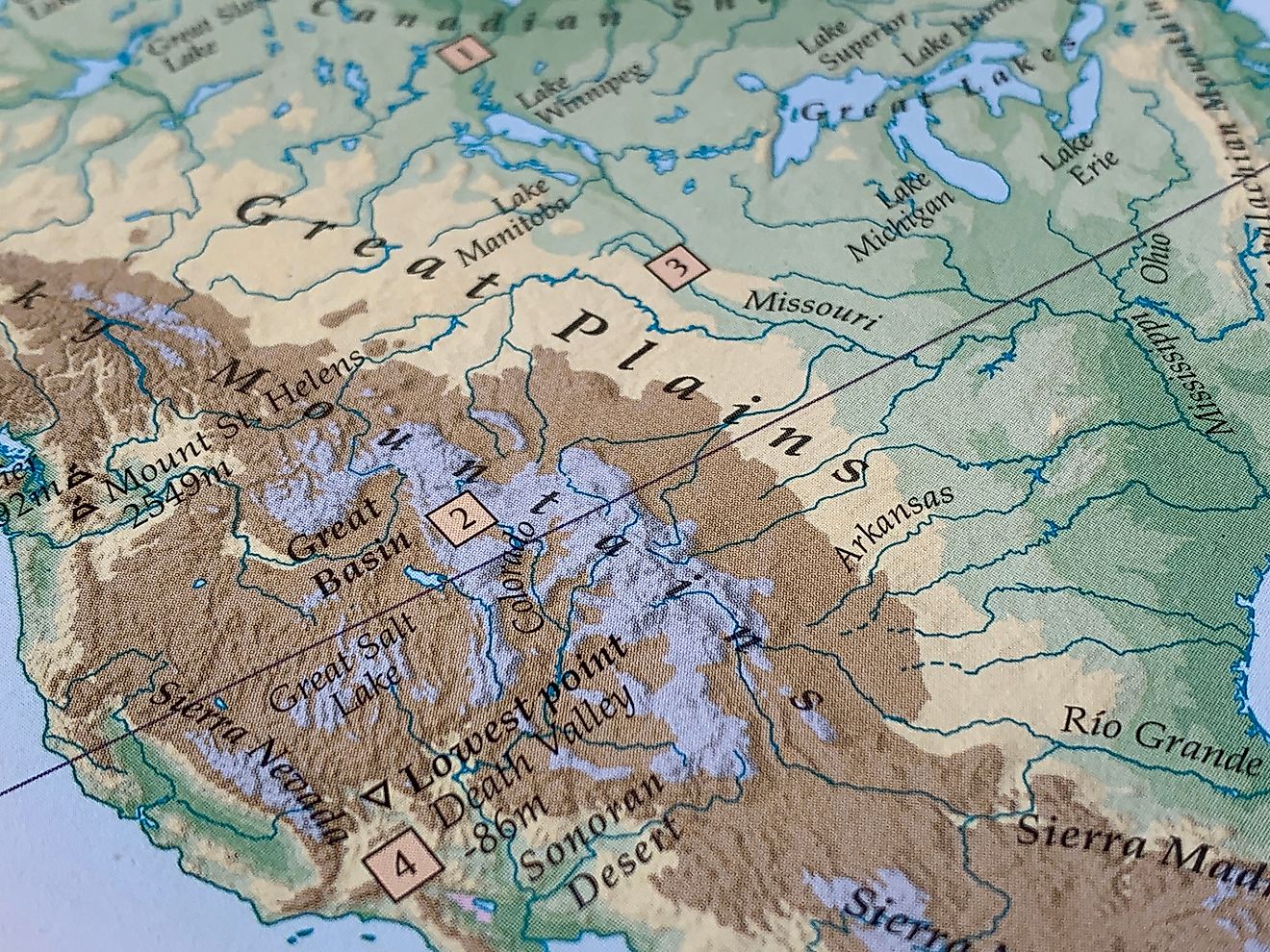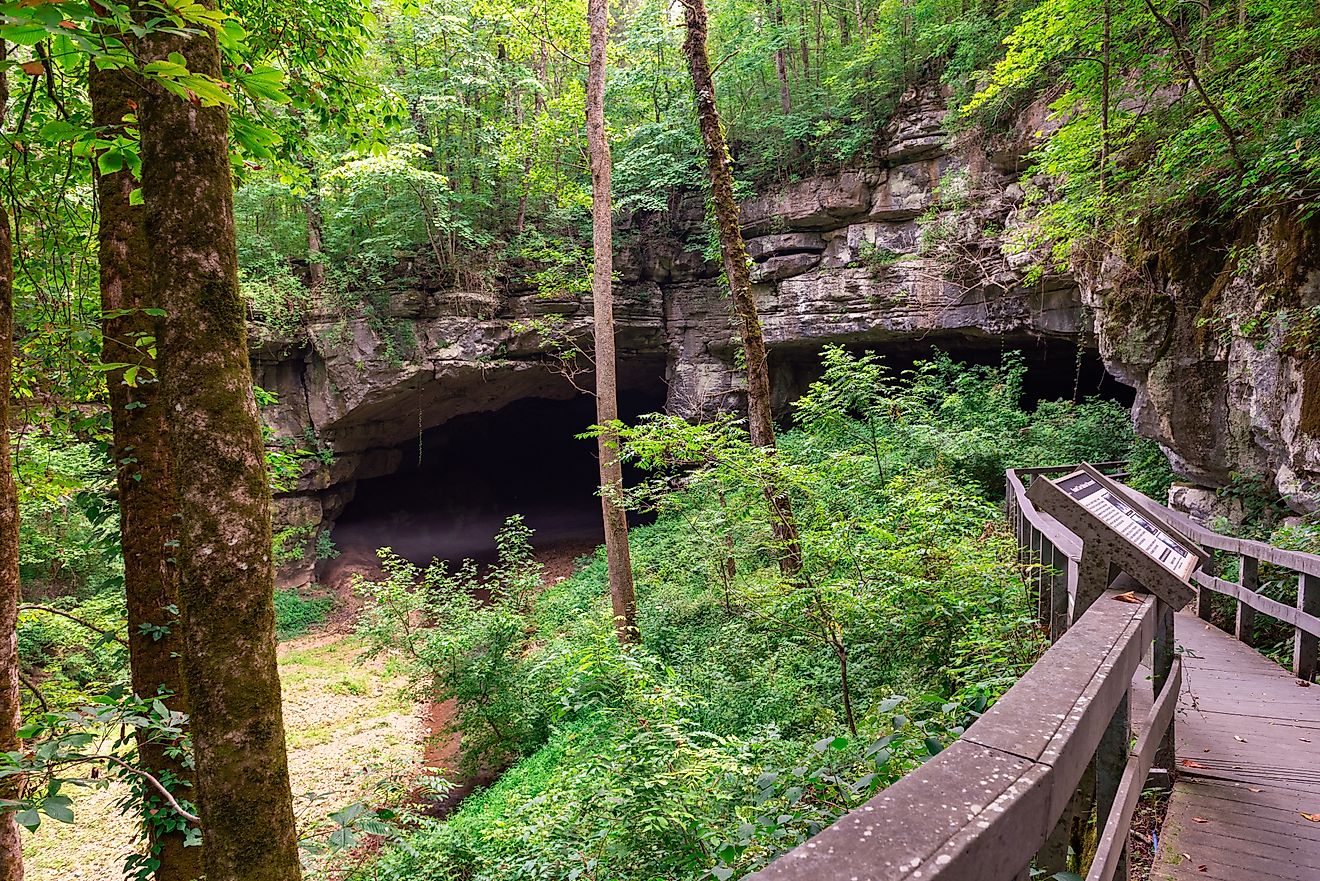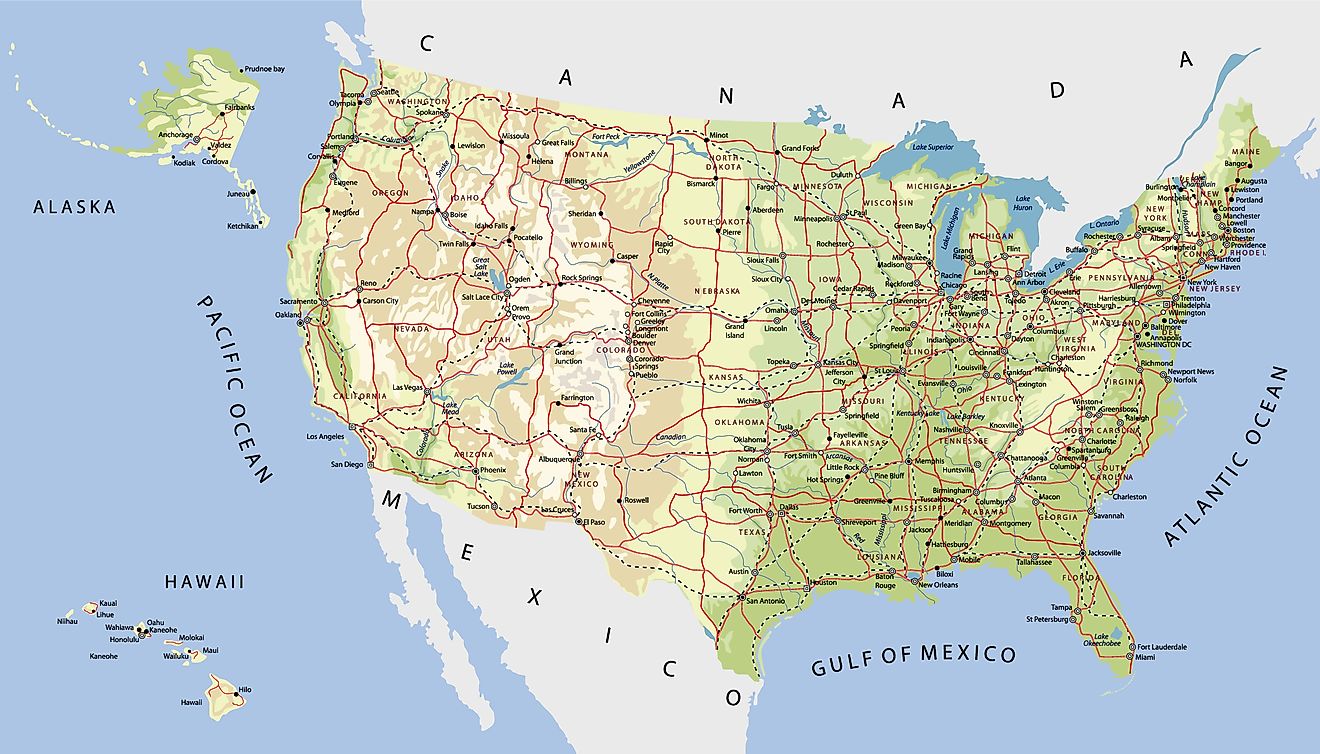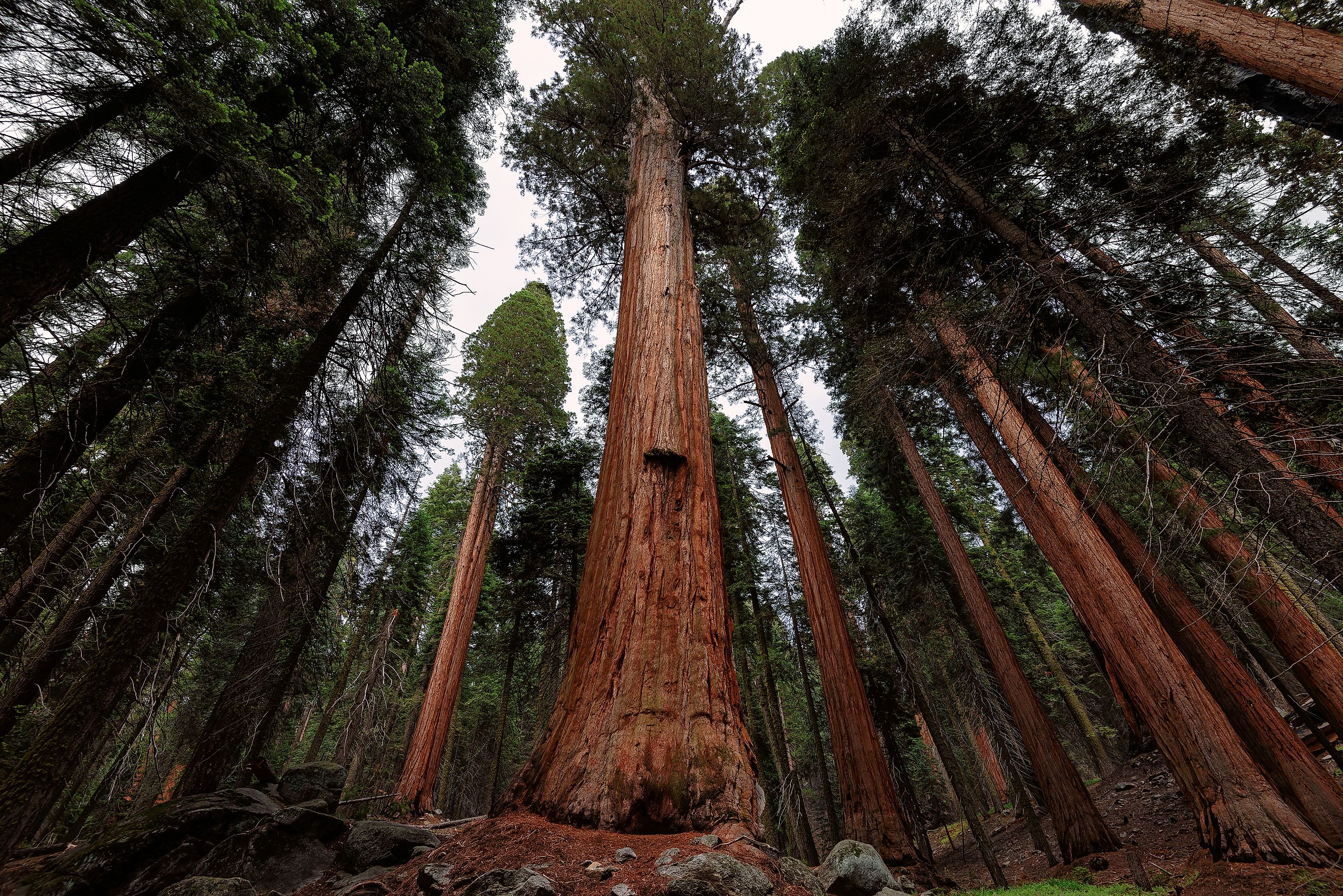
The 7 Tallest Trees in The United States
From the towering redwoods of California to the majestic firs of Oregon and Washington, the United States is home to some of the tallest living trees on Earth. These natural skyscrapers, many hidden deep within protected forests, inspire awe not only for their height but for their longevity and resilience. Learn about the seven tallest tree species in the US, where they grow, and the record-setting specimens that have pushed the limits of vertical growth.
Coast Redwood (Sequoia sempervirens)

-
Tallest Specimen: Hyperion 379.7 feet
-
Location: Redwood National Park, California
-
Discovered by: Steve Sillett, 2012
The undisputed giant of American forests, the Coast Redwood is not only the tallest tree species in the United States but also the tallest tree species on Earth. Found almost exclusively along the coast of northern California, these trees thrive in the cool, foggy climate.
Hyperion, the tallest known living tree, remains a closely guarded secret in Redwood National Park. Its exact location is off-limits to the public to protect its root system. Other notable redwoods include Helios (377.2 feet, measured in 2017) and Nugget, also known as the National Geographic tree (373.5 feet, recorded in 2021).
These redwoods can live for over 2,000 years and are remarkably resilient, though climate change and human interference pose increasing threats.
Sitka Spruce (Picea sitchensis)
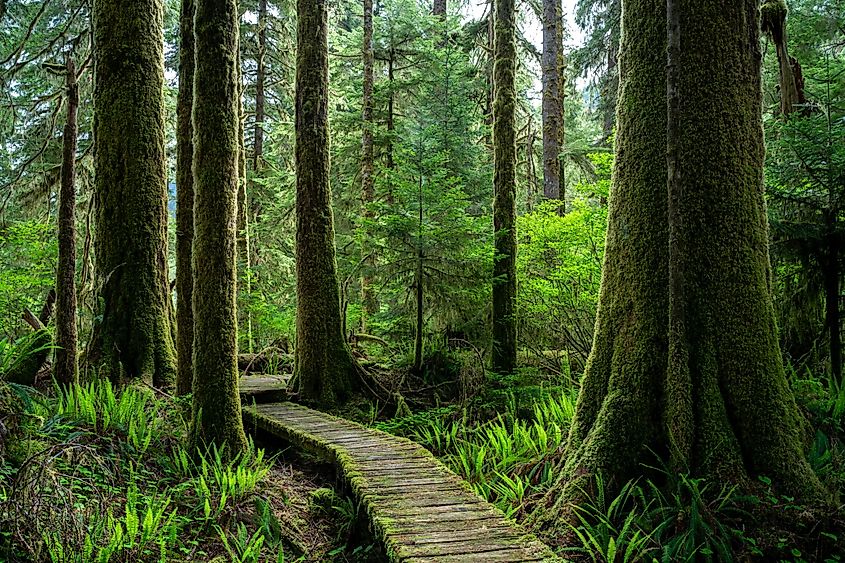
-
Tallest Specimen: 328.7 feet
-
Location: Redwood National Park, California
-
Measured by: Steve Sillett and M.W. Taylor, 2021
Though it grows in fewer regions than the redwood, the Sitka Spruce still reaches impressive heights. This species thrives in the moist, coastal climates of the Pacific Northwest. The record Sitka spruce was measured at over 300 feet tall in Redwood National Park, a rare feat for the species.
Other significant specimens have been found along the Newton B. Drury Scenic Parkway in Prairie Creek Redwoods State Park, such as trees standing 276.2 and 275.6 feet tall, measured by Marc Meyer in 2013.
Douglas-fir (Pseudotsuga menziesii)
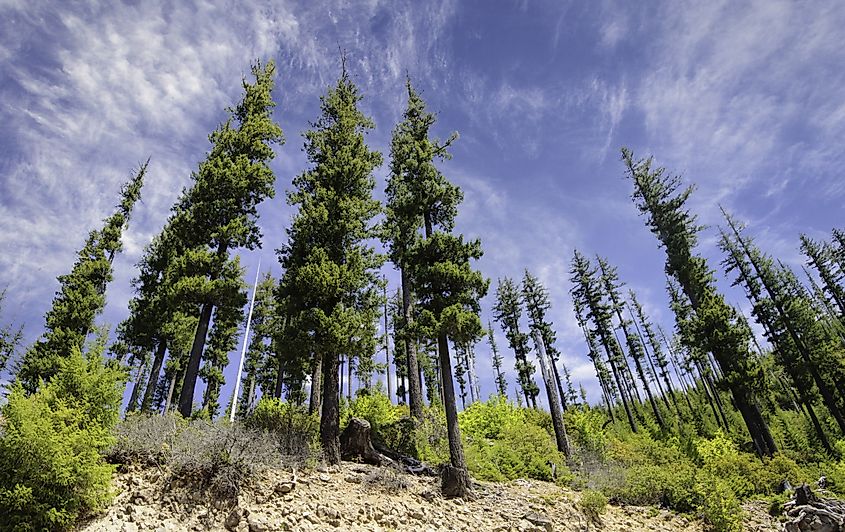
-
Tallest Specimen: 327.3 feet
-
Location: Brummit Creek, Oregon
-
Measured by: Ascending The Giants, 2012
The Douglas-fir is a hallmark of the Pacific Northwest. It’s not a true fir, but its massive stature earns it a place among the tallest trees in the US. The Doerner Fir, located in a remote part of Coos County, Oregon, held the title of the tallest known Douglas-fir for many years.
Other giants in this species include trees in Washington’s Olympic National Forest and Jackson Creek area, with heights ranging from 251.2 feet to over 270 feet.
Giant Sequoia (Sequoiadendron giganteum)
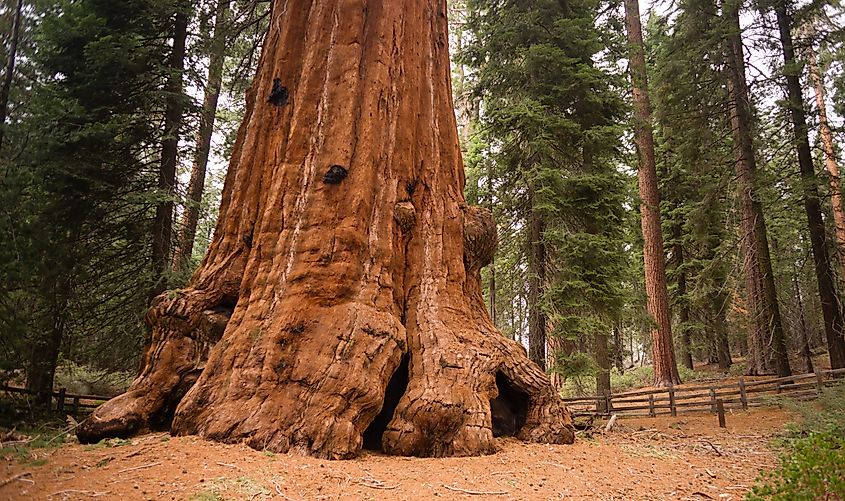
-
Tallest Specimen: 314.4 feet
-
Location: Giant Sequoia National Monument, California
-
Measured by: Michael Taylor, 2013
While the Giant Sequoia is more widely known for its mass rather than height, it still ranks among the tallest tree species in the US. The tallest known example stands near the famous General Sherman Tree and was measured at 314 feet tall.
Genesis (282.8 feet) in Balch Park and the General Sherman itself (279 feet) are other famous sequoias known more for volume than vertical reach.
Ponderosa Pine (Pinus ponderosa)
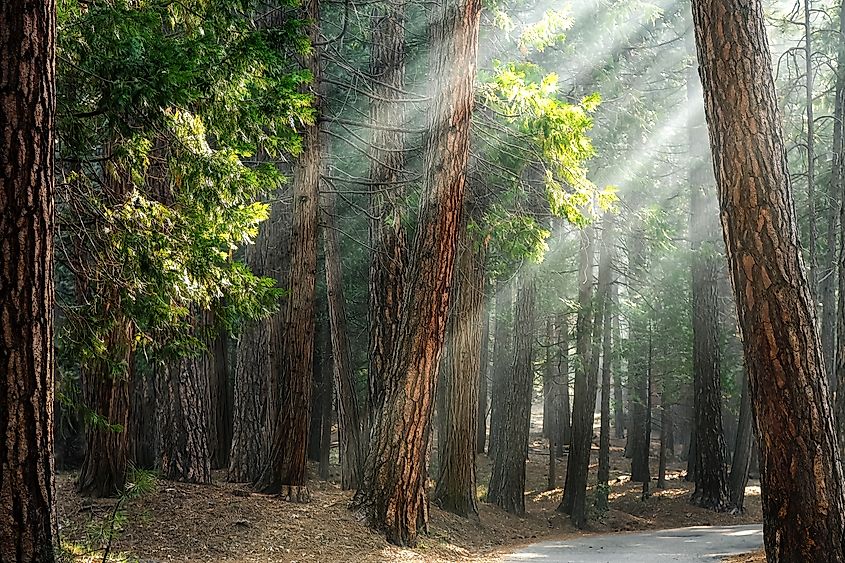
-
Tallest Specimen: 274.7 feet
-
Location: Sierra Nevada Foothills, Sonora, California
-
Measured by: Michael Taylor, 2017
The Ponderosa Pine is one of North America’s most iconic pine trees. With a distinctive orange-brown bark and long needles, it grows across the western United States. The tallest known specimen was found in the Sierra Nevada Foothills.
Other notable Ponderosa pines include a tree in the Rogue River–Siskiyou National Forest (269 feet) and another in Yosemite National Park, measured at 233 feet in 1997.
Sugar Pine (Pinus lambertiana)
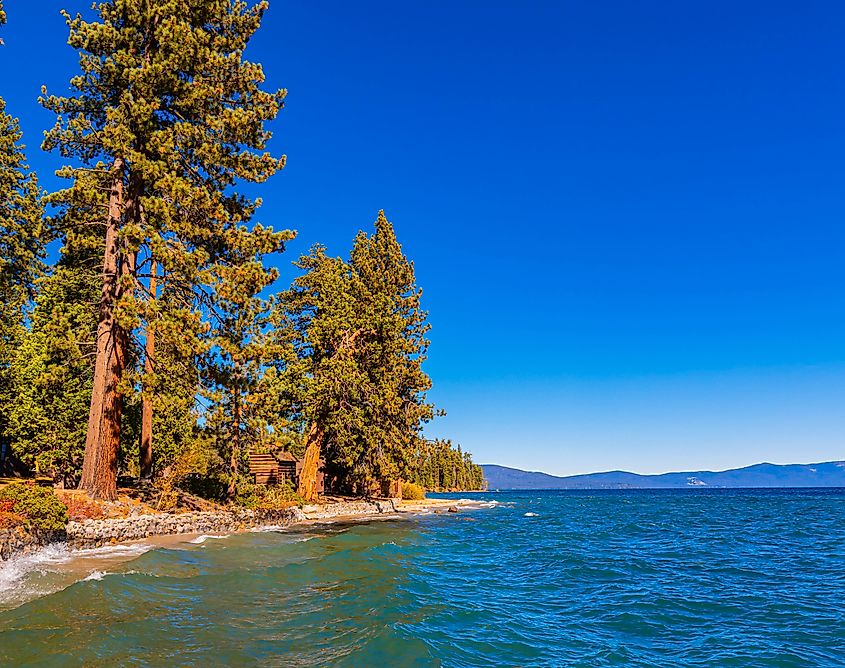
-
Tallest Specimen: Tioga Tower 273.8 feet
-
Location: Sierra Nevada, California
-
Measured by: Michael Taylor, 2015
Known for having the longest cones of any conifer, the Sugar Pine is another towering member of the pine family. The tallest known individual, called Tioga Tower, was discovered in the Sierra Nevada range.
Calaveras Big Trees State Park houses two other significant specimens measured at 231 and 218 feet by Marc Meyer in 2013.
Western Hemlock (Tsuga heterophylla)
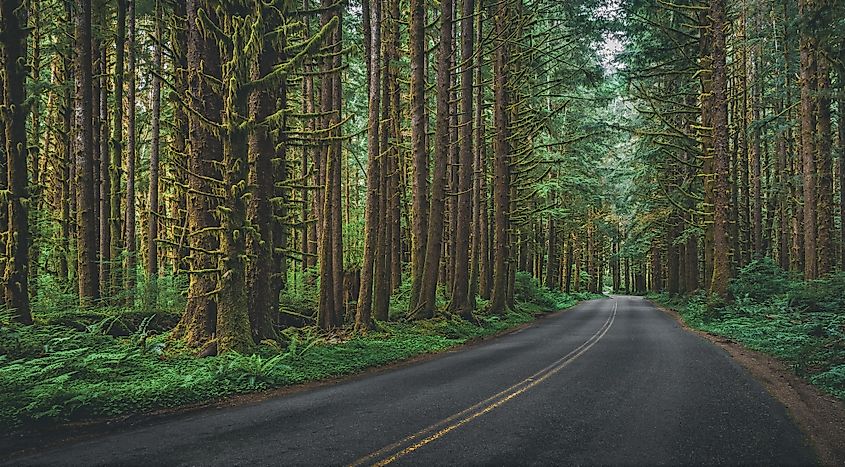
-
Tallest Specimen: 273.4 feet
-
Location: Prairie Creek Redwoods State Park, California
-
Measured by: Chris Atkins & Mario Vaden, 2014
Often overshadowed by redwoods and firs, the Western Hemlock quietly climbs the canopy of coastal forests in the Pacific Northwest. It is a foundational species in these moist ecosystems.
One of the tallest known Western Hemlocks stands in Prairie Creek Redwoods State Park. Another tree, located roughly 15 miles from US Route 101 in Washington’s Olympic Peninsula, was measured at 209 feet.
The Race to the Sky: Why Height Matters

Tree height is more than a matter of record-breaking trivia. Height in trees often signals ecological health, age, and environmental stability. The tallest specimens often grow in undisturbed forests with rich soil, constant moisture, and minimal human interference.
Measuring these giants is a combination of art and science. Researchers like Steve Sillett and Michael Taylor use laser rangefinders, climbing gear, and drones to ensure the most accurate data possible.
Threats and Protection
While many of these record-holding trees reside in national and state parks, their survival isn’t guaranteed. Logging, climate change, wildfire, and tourism pressures continue to pose threats. Protection efforts range from strict access controls (as with Hyperion) to active forest management and public education.
Final Thoughts
From the misty redwoods of California to the fir-covered slopes of Oregon, America’s tallest trees stand as testaments to nature’s grandeur. They remind us not only of the vertical possibilities of life on Earth but also of the importance of conservation. Whether you hike among them or simply admire them from afar, these giants are national treasures worth preserving.
